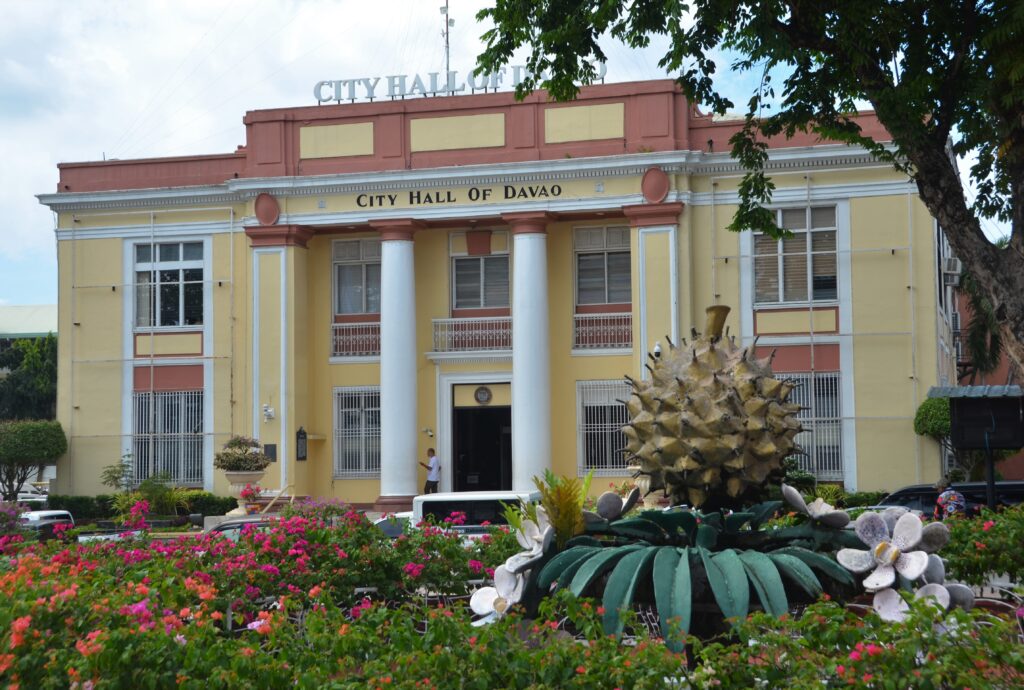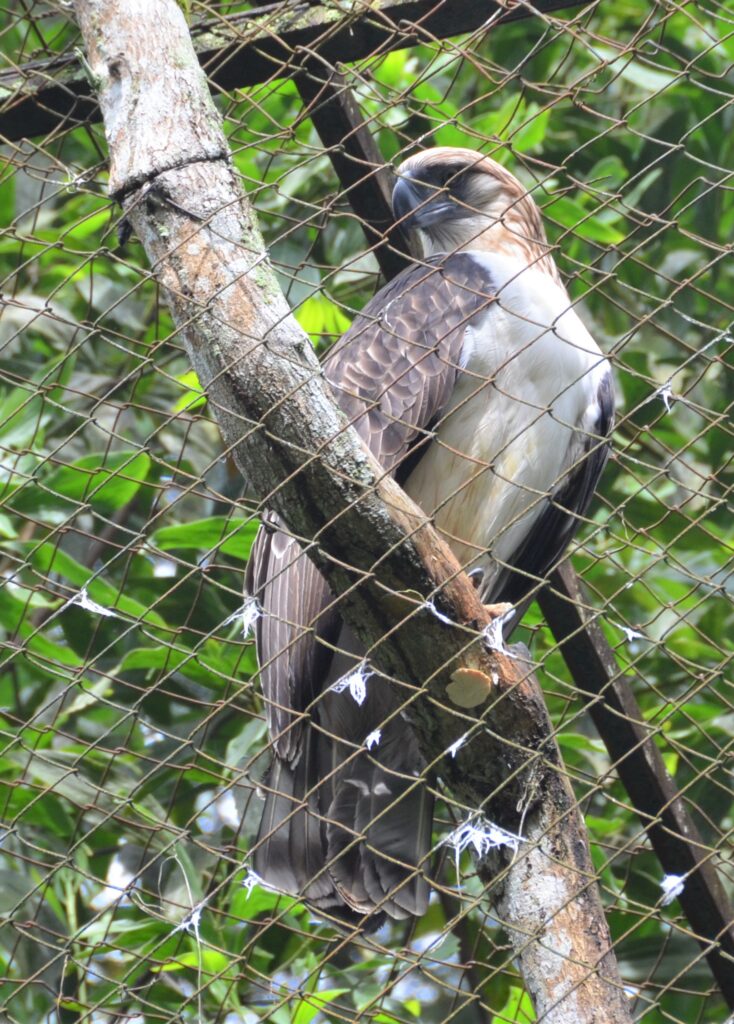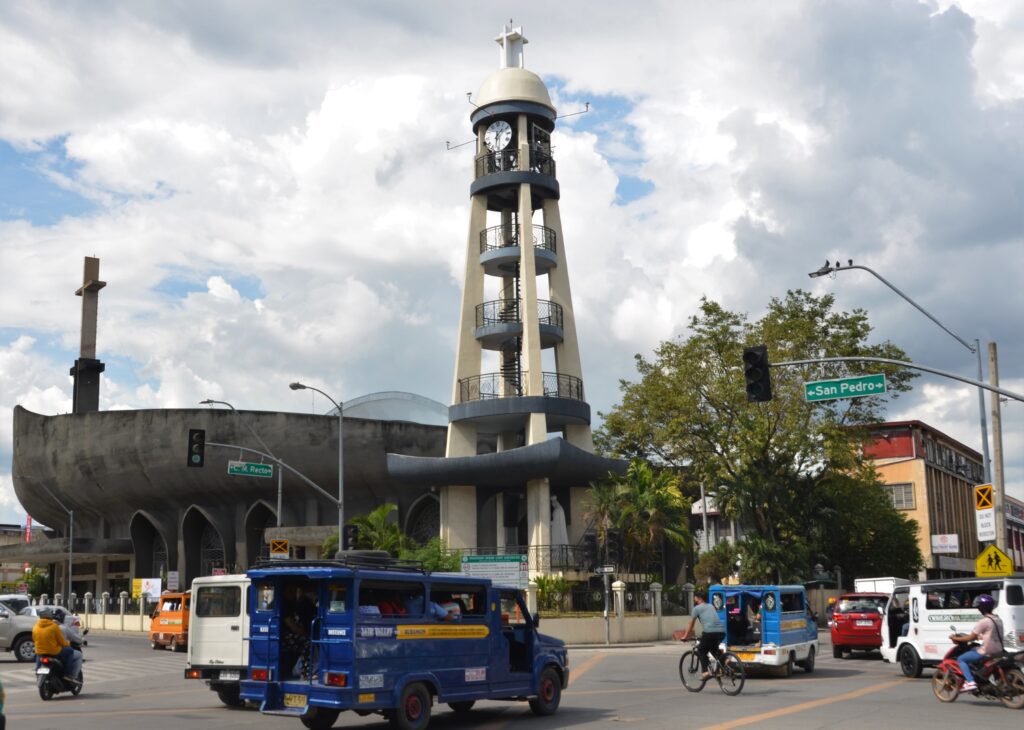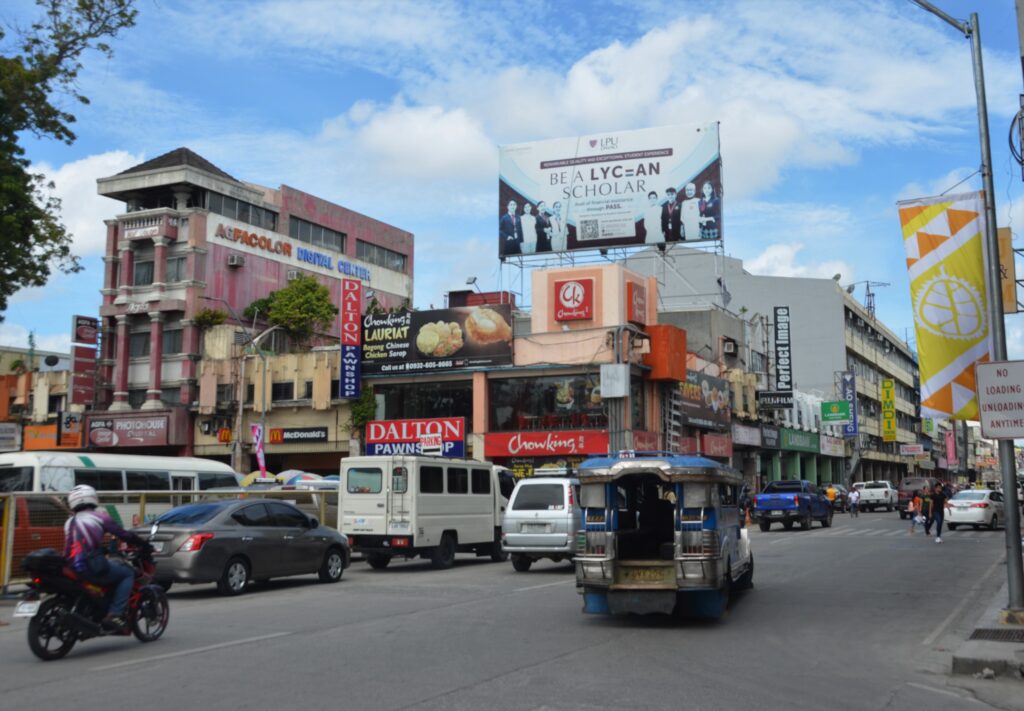Text and Photos by Henrylito D. Tacio
From “Murder City” to one of the most livable cities in Asia (both sobriquets were bestowed by the defunct Asiaweek magazine).
Davao City, a first class highly-urbanized city, is the country’s largest city in terms of land area. It has a total land area of 2,443.61 square kilometers (943.48 square miles). Approximately, it is 7.8 times the size of Cebu and three times that of the entire Metro Manila.
The name Davao can be traced to its Bagobo origins; the Bagobos were indigenous group inhabiting mostly in the region. In fact, “davao” came from the phonetic blending of three Bagobo subgroups’ names for the Davao River.
The Obos called the river Davah while the Clatta named it Dawaw. The Tagabawas had a name for it: Dabo.
Let’s travel back in time and reminiscence those memorable events that happened to Davao City:
1903 to 1914: Davao was incorporated as part of Moro Province. But in 1914, the Moro Province was dissolved. This led to the establishment of Davao Province, with Davao town as its provincial capital.
1926: The Davao Municipal Hall was built; it is now called the City Hall. In 1945, it was destroyed by war but was restored two years later based on its original design. It was declared by the National Historical Commission of the Philippines as a heritage building on November 17, 2012.
1936: President Manuel L. Quezon signed Commonwealth Act No. 51 which created the City of Davao on October 16. However, it was inaugurated the following year, on March 1, with then Interior Secretary Elpidio Quirino.
1969: Mayor Elias B. Lopez launched the Datu Bago Awards as the highest award to be given to a Dabawenyo “who has contributed to the development of the city with exemplary competence and dedication and who best serves as a model of excellence and as inspiration to the residents of Davao.” Named in honor of Datu Bago, the leader of the local chieftains who kept the Spaniards away from Davao Gulf up until 1840, the award is given during the Araw ng Dabaw.
1981: Davao became a headline all over the world when a bomb exploded inside the San Pedro Cathedral. Seventeen people were killed. (Another bomb in 1993 killed 7 people). The cathedral, dedicated to Saint Peter, is the ecclesiastical seat of the Roman Catholic Archdiocese of Davao.
1984: Barangay Captain Wilfredo “Baby” Aquino, a follower of then President Ferdinand Marcos, founded Alsa Masa, a vigilante group. Aquino was killed in 1985 and Alsa Masa was revived by Lt. Col. Franco M. Calida in 1986.
1986: The city government urged people to come together and celebrate through a festival called Apo Duwaling, named after the three icons of the city: Mount Apo, durian, and the waling-waling orchid. In 2019, it was renamed to Kadayawan Festival.
1992: After 14 years of extensive research, Pag-asa was born on January 15 at barangay Malagos in Calinan District. The Philippine eagle, the first of his species to be hatched in captivity, was bred through artificial insemination. His parents were Diola and Junior.
1994: Launched on March 24, the Brunei Darussalam-Indonesia-Malaysia-Philippines East ASEAN Growth Area (BIMP-EAGA) is a cooperation initiative to spur development in remote and less developed areas in the four participating Southeast Asian countries.
1998: During the celebration of the Philippine Centennial, the Commemorative Monument of Peace and Unity was unveiled. The monument depicts the peaceful relationship of the migrant and indigenous inhabitants of Davao in the last 100 years.
2003: On March 4, a bomb in a backpack exploded in the busy waiting area of Francisco Bangoy International Airport at 5:20 pm. Twenty-one people, including an American missionary, were killed. Over 100 others were injured.
2006: Romeo Sardon, a retired engineer and seaman, joined the “Name the Park” contest organized by the government. His entry, “People’s Park,” won over 917 other entries. The park, which was built where Palaruang Panlunsod used to be located, covers an area of 4 hectares at the cost of P71 million.
2016: Rodrigo R. Duterte – also known as Digong, Rody, and DU30 – became the 16th president of the Philippines. He was the first from Mindanao, the first president to have worked in all three branches of government, and the oldest to be elected.
2022: Sara Zimmerman Duterte-Carpio – commonly known as Inday Sara – assumed office as the 15th vice president of the Philippines. President Ferdinand “Bongbong” Marcos, Jr. appointed her as the 38th Secretary of Education.





